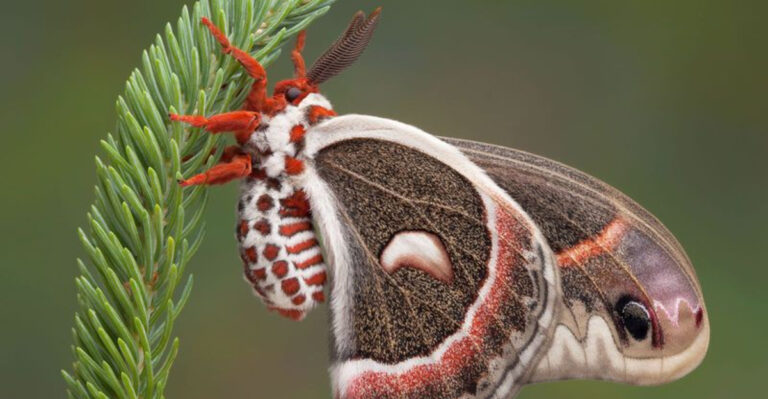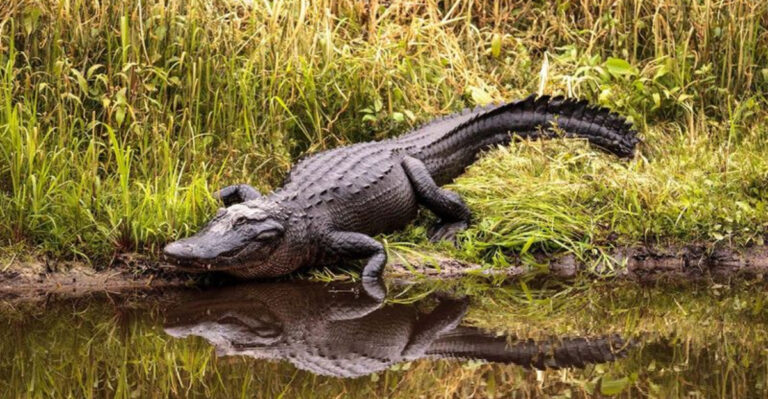Axolotls Can Regrow Limbs – Will Science Unlock This Ability For Humans?
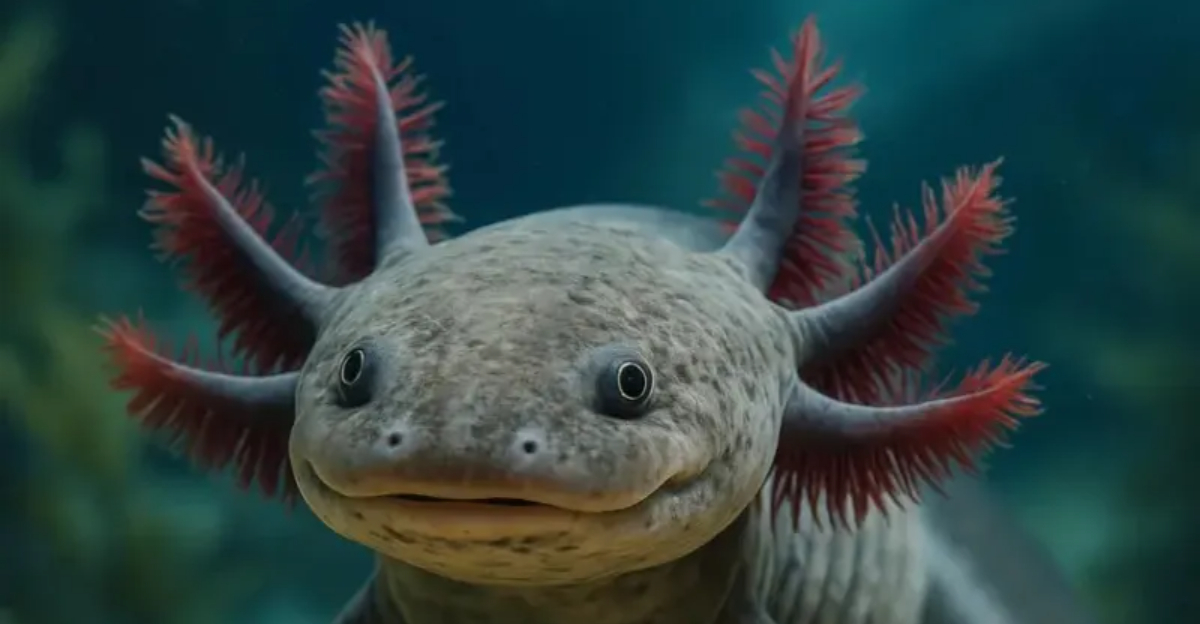
Ever wonder what it would be like to regrow a lost finger or arm? While humans can’t naturally replace missing body parts, axolotls – those cute, smiling salamanders from Mexico – can regrow almost anything they lose!
These amazing creatures have captured scientists’ attention because understanding their regenerative superpowers might someday help humans heal in ways we currently can’t imagine.
1. What Makes Axolotls So Special?
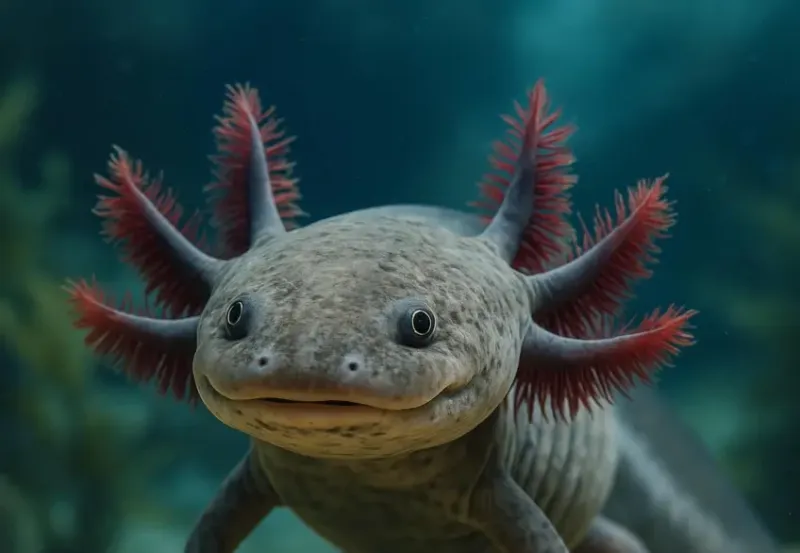
Unlike most animals, axolotls never fully grow up! These forever-young salamanders stay in their aquatic juvenile form their whole lives, a condition called neoteny.
This unique developmental quirk might be connected to their amazing healing abilities. Scientists think their perpetual youth helps maintain their regenerative superpowers throughout their lives.
2. The Science Behind Limb Regeneration In Axolotls
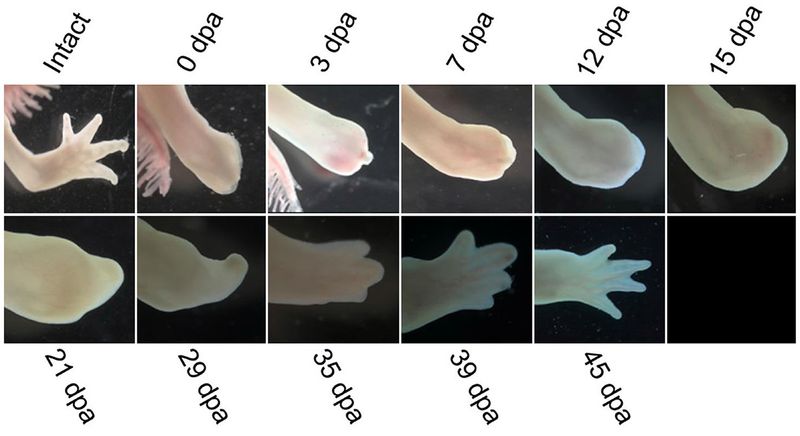
Magic happens when an axolotl loses a limb! Their cells near the wound transform into a special blob called a blastema, basically cellular time machines that forget what they used to be.
These cells can become anything needed – bone, muscle, nerves, or skin. This cellular amnesia is key to their regenerative abilities and something humans can’t naturally do.
3. How Axolotls Regrow Their Limbs: The Process Explained
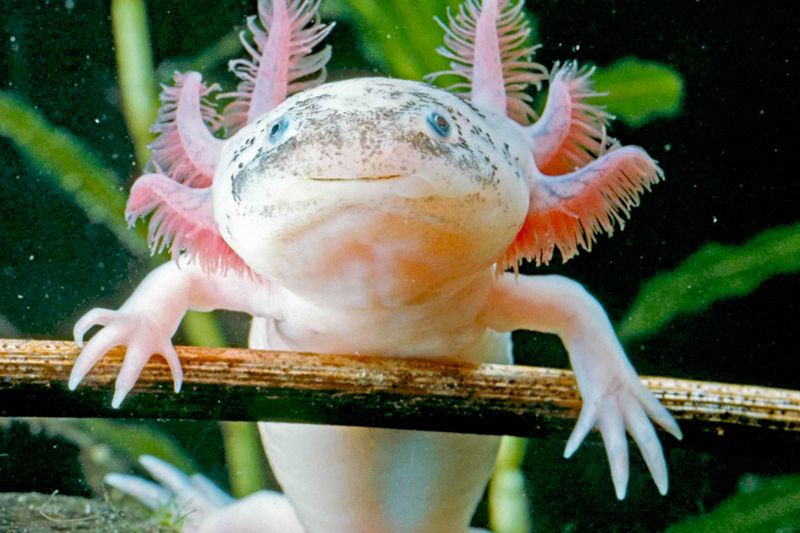
First, a special skin covers the wound within hours of injury. Next, cells gather beneath this covering to form that magical blastema within days. Over weeks, the blastema grows and cells specialize into exactly what’s needed. The final stage? A perfect new limb forms – complete with bones, muscles, nerves, and even fingerlike digits!
4. What Makes Limb Regrowth Possible In Some Species?
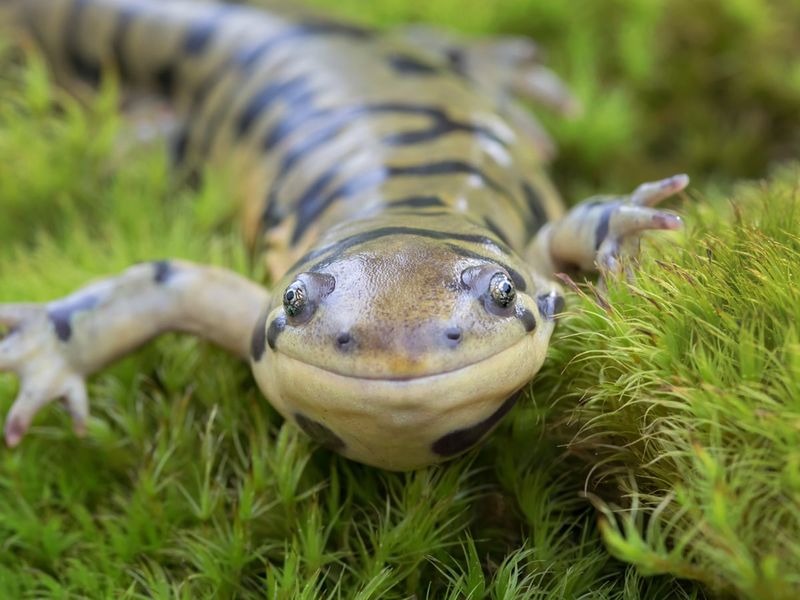
Salamanders aren’t the only regeneration champions! Starfish regrow arms, lizards replace tails, and zebrafish can mend damaged hearts.
The common thread? These creatures maintain special stem cells throughout life or can revert mature cells back to a stem-like state. Mammals generally lack this ability, with our healing focusing on scarring rather than rebuilding.
5. Can Humans Regrow Limbs? The Current Science
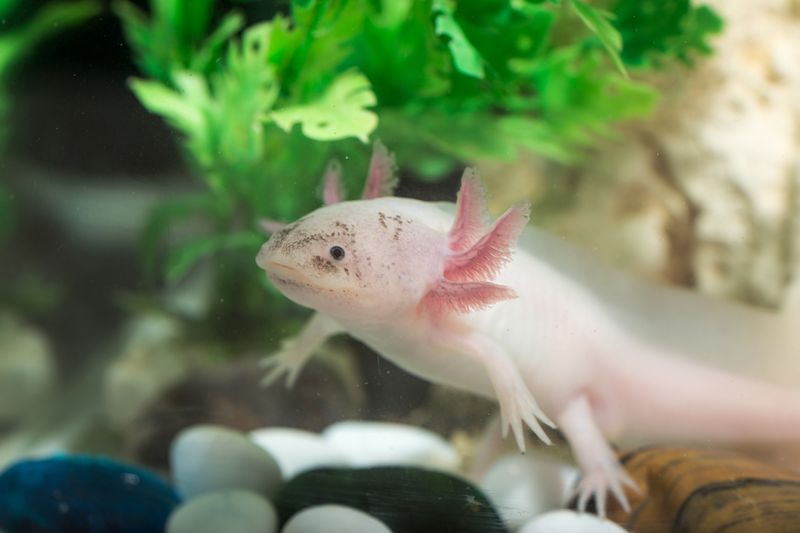
Sadly, humans can only regenerate a few body parts – liver tissue, fingertips (in children), and constantly renewing skin cells. Our healing typically results in scar formation rather than complete regeneration. Our complex immune systems and specialized cells make regeneration difficult. However, scientists are making exciting progress in understanding what blocks our natural regenerative potential!
6. The Role Of Stem Cells In Regenerative Medicine
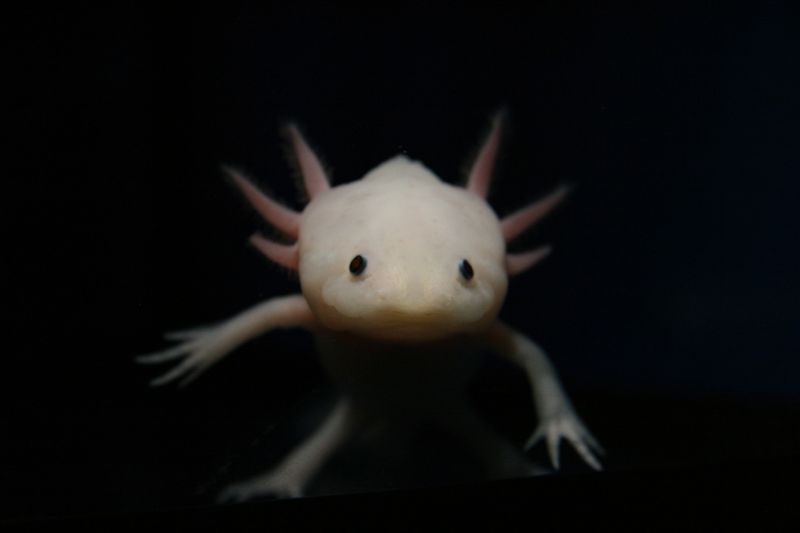
Stem cells are like blank slates that can become any cell type. Scientists are learning to guide these cellular shapeshifters to repair damaged tissues and organs.
Lab-grown mini-organs, 3D-printed tissue scaffolds, and stem cell therapies represent cutting-edge approaches. By studying axolotls, researchers hope to improve these technologies for treating human injuries and diseases.
7. Key Differences Between Axolotls And Humans In Limb Regrowth
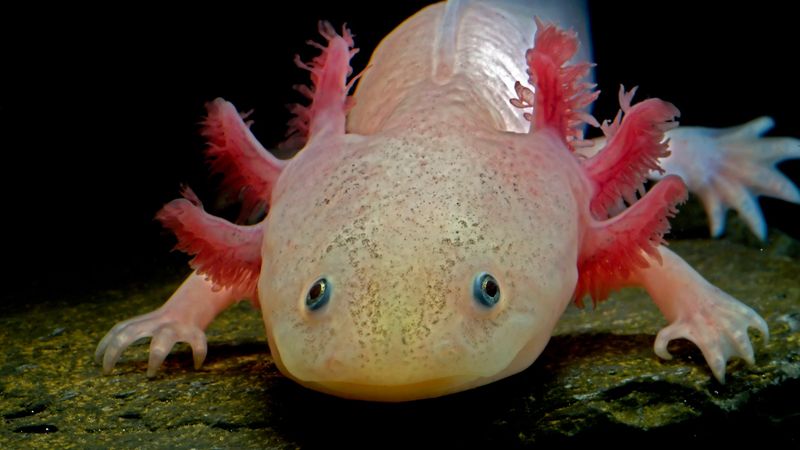
When injured, humans quickly form scars to prevent infection – a life-saving but regeneration-blocking response. Axolotls, meanwhile, activate ancient genetic pathways that humans possess but don’t use. Our immune systems also work differently. Axolotl immune cells actually help coordinate regeneration, while human inflammation often interferes with complete healing.
8. The Genetic Secrets Of Axolotl Regeneration
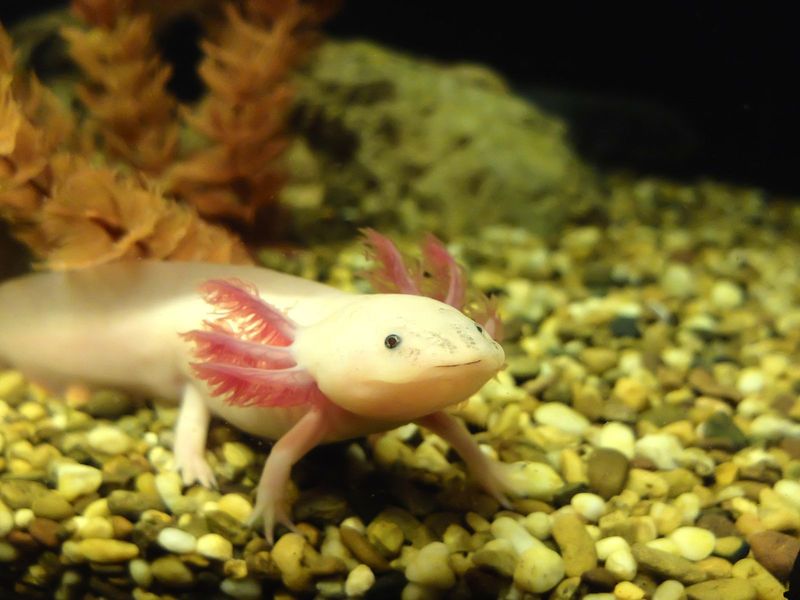
Axolotls possess an enormous genome – ten times larger than humans! This genetic treasure chest contains unique genes and regulatory elements specifically for rebuilding body parts.
One fascinating discovery is how axolotls reactivate developmental genes normally only used during embryonic growth. Scientists have identified several master control genes that orchestrate the entire regeneration symphony.
9. What Research On Axolotls Can Teach Us About Human Healing
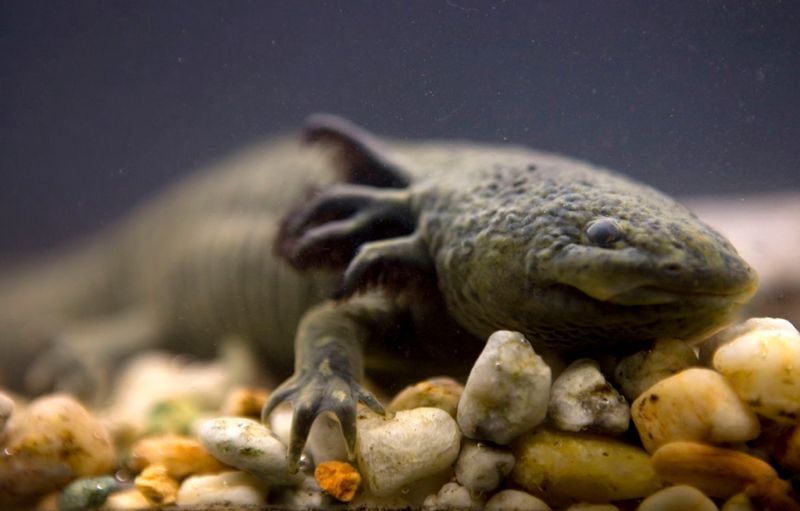
Studying these salamanders has revealed surprising similarities in our basic cellular machinery. The differences lie in how these shared genetic tools are regulated and expressed.
Scientists have identified specific proteins and signaling pathways that could potentially be activated in humans. Some researchers have already improved wound healing in lab mice by applying lessons from axolotl biology!
10. The Challenges Of Translating Axolotl Regeneration To Humans
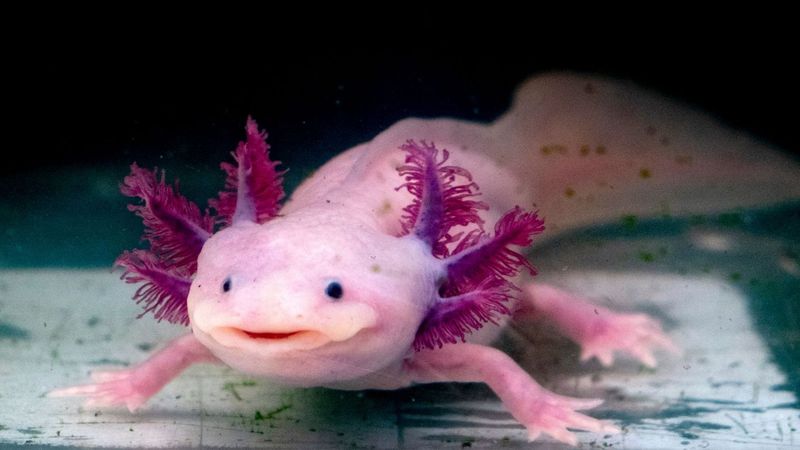
Our complex bodies present major hurdles for regeneration. Humans have more sophisticated immune systems that quickly form scars rather than regenerative tissue.
The sheer complexity of human limbs with their intricate nerve networks also complicates matters. Plus, regeneration takes time – axolotls need weeks to regrow limbs, which would mean months or years for human-sized appendages.
11. Current Advancements In Limb Regeneration For Humans
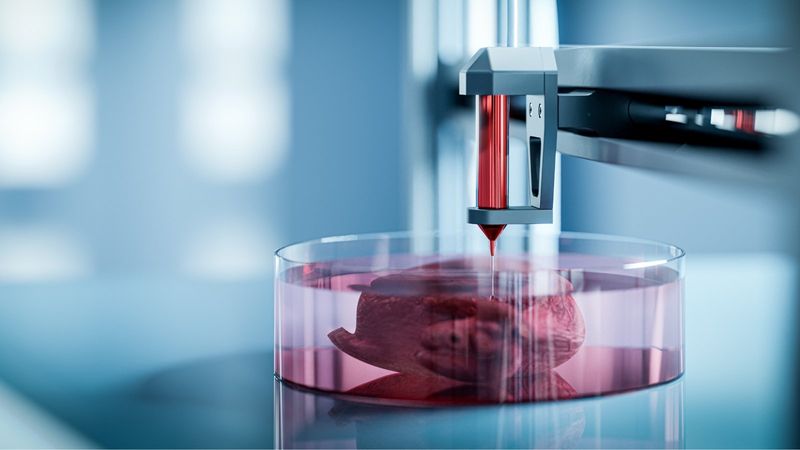
Bioengineers are making remarkable progress with 3D-printed scaffolds that guide tissue growth. Some labs have created partial organs and simple tissues that function when implanted. Gene therapy approaches show promise too.
By temporarily activating regeneration genes, researchers have achieved improved healing in experimental models. Though complete limb regrowth remains distant, these incremental advances bring hope.
12. Could Limb Regeneration Revolutionize Medicine?
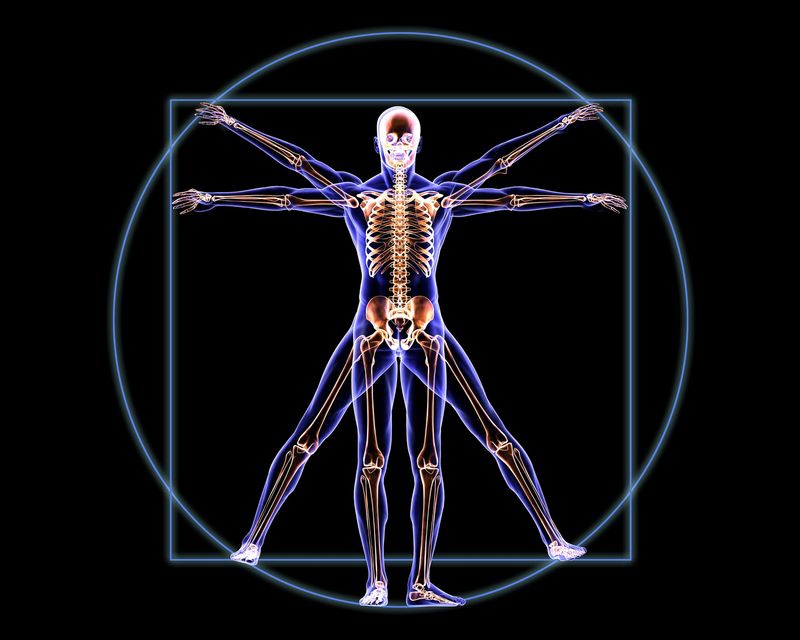
Imagine a world where amputees could regrow missing limbs! Beyond the obvious benefits, regenerative medicine could transform treatment for heart disease, spinal injuries, and neurodegenerative conditions.
The economic impact would be enormous too. Reducing long-term healthcare costs while restoring function and independence would benefit millions. Even partial success would dramatically improve quality of life for countless patients.
13. Ethical Considerations In Limb Regeneration Research
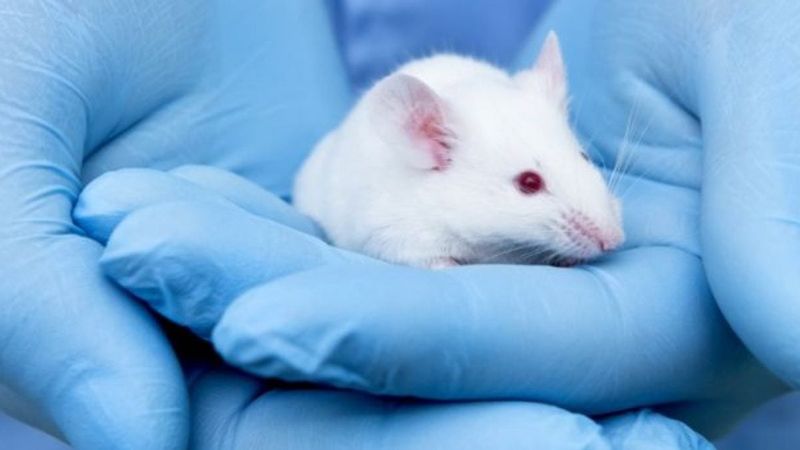
Breakthrough technologies raise important questions. Who would access these treatments first? Would regenerative therapies create new forms of inequality between those who can afford them and those who cannot?
Animal research ethics also matter. Scientists must balance the need for animal studies with welfare concerns. As the field advances, society must thoughtfully address these complex issues through inclusive dialogue.
14. The Future Of Regenerative Medicine: What’s Next?
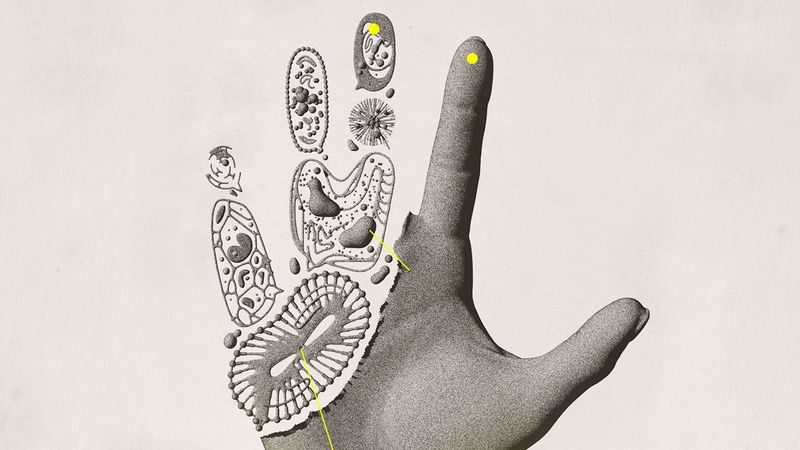
The coming decades look promising! Scientists predict targeted therapies that enhance natural healing for specific injuries before full limb regeneration becomes possible.
Combining approaches seems most likely to succeed – gene therapy to activate regenerative pathways, stem cells to provide building materials, and bioengineered scaffolds to guide growth. While complete limb regrowth remains challenging, partial regeneration may arrive sooner than we think!





